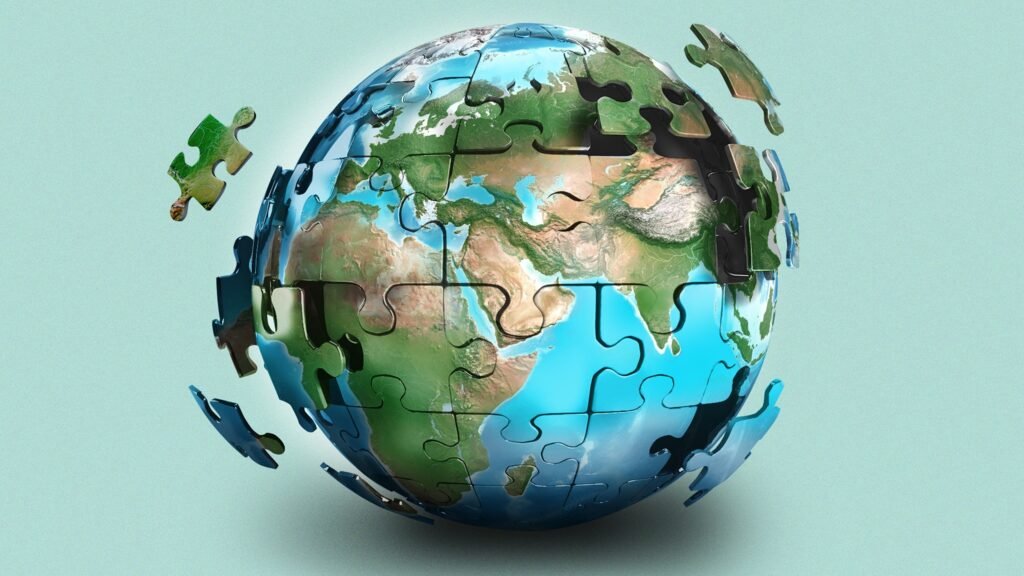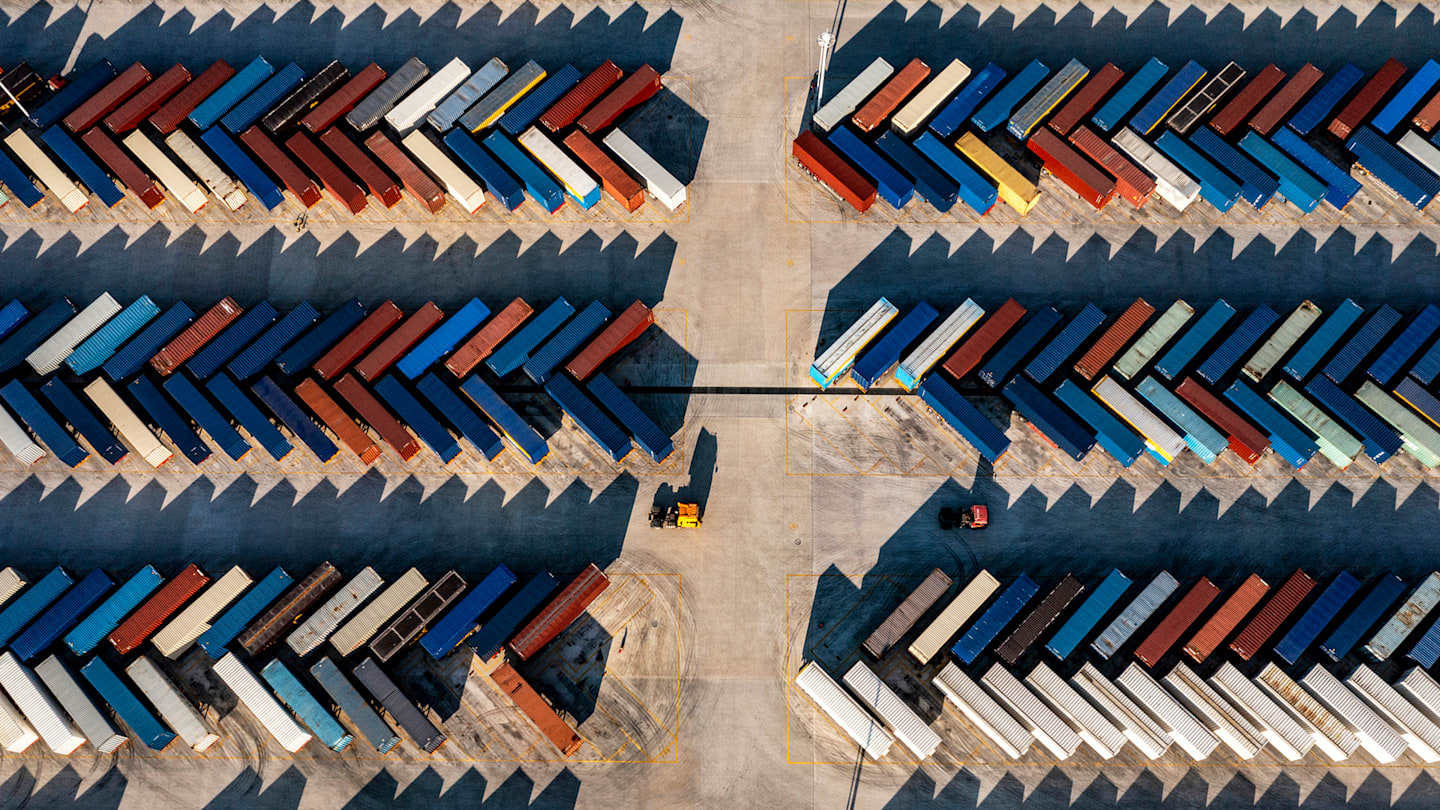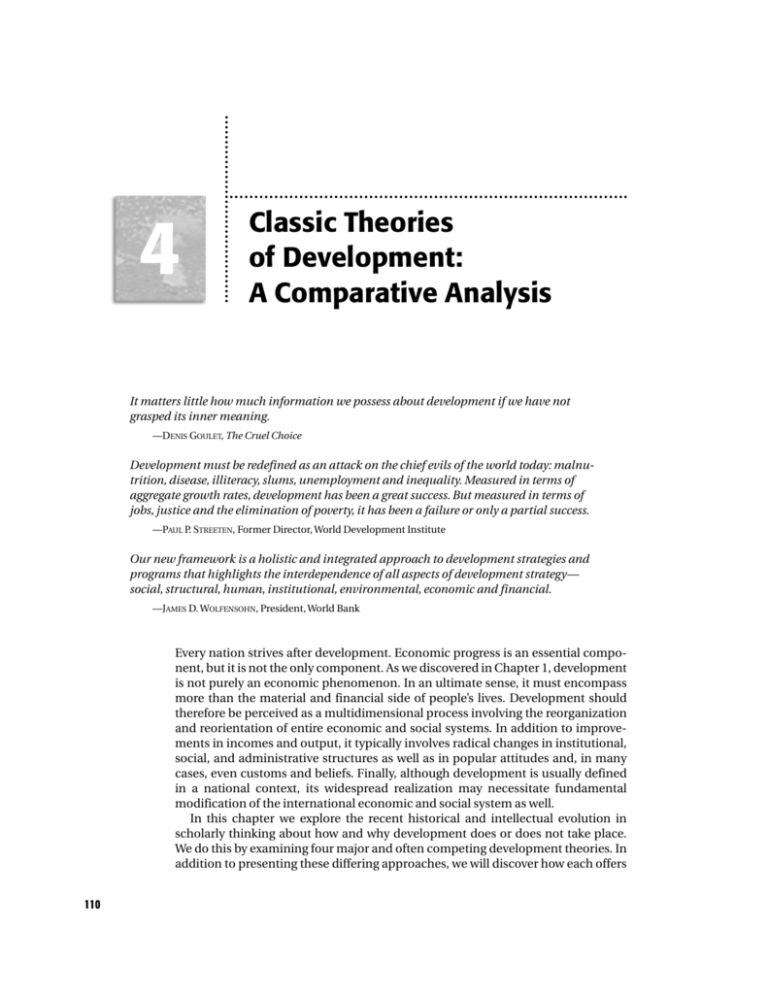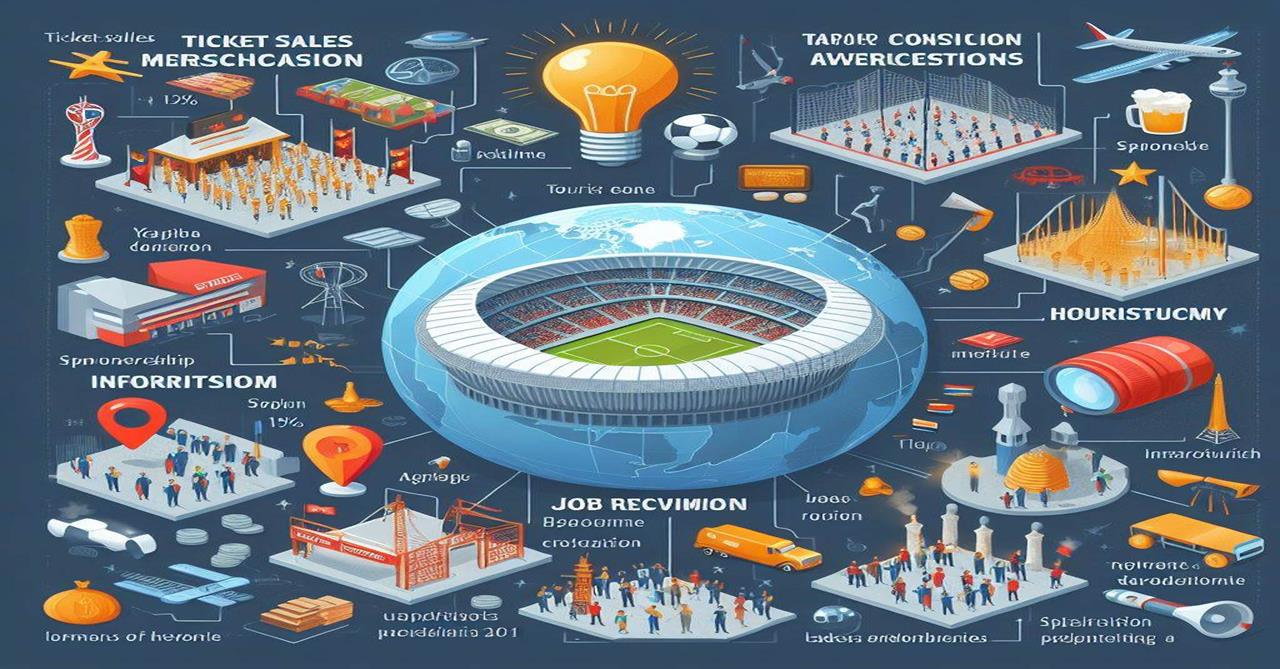
Is Deglobalization a Real Threat to the World Economy? Unpacking the Shifting Global Landscape
For decades, the world has been increasingly interconnected. Goods crisscrossed oceans, money flowed freely across borders, and ideas spread at the speed of light. This era, known as globalization, promised efficiency, lower prices, and unprecedented economic growth. But lately, a different word has been making headlines: deglobalization.
Are we truly seeing a reversal of this trend? And if so, is deglobalization a real, tangible threat to the delicate balance of the world economy? This article will break down what deglobalization means, why it’s being discussed now, and its potential impacts, good and bad, on our interconnected world.
What Exactly is Deglobalization?
Before we dive into the threats, let’s understand the terms.
-
Globalization: Imagine the world as a giant, interconnected web. Globalization is the process by which countries become more interdependent through the exchange of goods, services, capital, technology, information, and people. Think of it as a global highway where everything moves freely.
- Key aspects of globalization:
- Free Trade: Reducing barriers like tariffs (taxes on imported goods).
- Global Supply Chains: Products being made in many different countries before reaching the consumer (e.g., a phone designed in the US, assembled in China, with parts from Korea and Japan).
- Capital Flows: Money invested easily across borders.
- Cultural Exchange: Ideas, music, and food spreading worldwide.
- Key aspects of globalization:
-
Deglobalization: In simple terms, deglobalization is the opposite trend. It’s not necessarily a complete shutdown of global connections, but rather a slowdown, a reversal, or even a fragmentation of these links. Think of it as traffic jams on the global highway, or some exits getting closed.
- It doesn’t mean total isolation. Instead, it refers to:
- Reduced Trade: Countries importing and exporting less, or focusing more on regional trade.
- Shorter Supply Chains: Companies trying to make products closer to home or in fewer locations.
- Less Cross-Border Investment: Money staying more within national borders or specific regions.
- Increased Protectionism: Governments imposing more tariffs or regulations to protect domestic industries.
- It doesn’t mean total isolation. Instead, it refers to:
Why Are We Talking About Deglobalization Now? The Driving Forces
The idea of deglobalization isn’t new, but recent events have brought it to the forefront of economic discussions. Several powerful forces are pushing, or at least nudging, the world away from peak globalization:
-
COVID-19 Pandemic:
- Supply Chain Shocks: When factories shut down in one country, it quickly affected product availability worldwide. Remember the toilet paper shortages or difficulty getting electronics? This highlighted the fragility of long, complex supply chains.
- Desire for Resilience: Companies and governments realized they couldn’t rely solely on distant factories for essential goods (like medicines or protective equipment).
-
Geopolitical Tensions:
- US-China Rivalry: Trade wars, technology bans, and political disagreements have led both countries to try and reduce their economic dependence on each other.
- Russia-Ukraine War: This conflict has disrupted energy markets, food supplies, and further complicated international relations, leading many countries to rethink their economic partners.
- National Security Concerns: Governments are increasingly prioritizing national security over pure economic efficiency, especially for critical technologies and resources.
-
Rise of Protectionism and Nationalism:
- "Buy Local" Mentality: Many countries are emphasizing supporting domestic industries and jobs, sometimes through policies like tariffs or subsidies.
- Trade Wars: Governments imposing taxes on imported goods to make foreign products more expensive and local products more competitive.
-
Technological Advancements:
- Automation and Robotics: As robots become cheaper and more sophisticated, the need for cheap human labor abroad diminishes. This makes it more attractive for companies to bring manufacturing closer to home (reshoring).
- 3D Printing: This technology allows for localized, on-demand manufacturing, potentially reducing the need for global factories.
-
Environmental Concerns:
- Carbon Footprint: Long supply chains involve significant transportation, leading to higher carbon emissions. Some companies and governments are looking to localize production to reduce their environmental impact.
- Climate Change Impacts: Disruptions from extreme weather events can also affect global supply chains, pushing for more regionalized production.
The "Threat" Part: How Deglobalization Could Harm the World Economy
If deglobalization gains significant momentum, it could indeed pose several serious threats to the world economy:
-
1. Higher Prices (Inflation):
- Less Competition: If countries rely less on imports, local companies face less competition, potentially leading them to raise prices.
- Higher Production Costs: Producing goods domestically might be more expensive than in countries with lower labor costs or specialized facilities. These higher costs are passed on to consumers.
- Fewer Choices: Consumers might have fewer options for goods and services if imports are restricted.
-
2. Slower Economic Growth:
- Reduced Trade: Less trade means fewer opportunities for countries to specialize in what they do best and export it. This limits overall economic activity.
- Less Efficiency: Globalization allowed companies to produce goods where it was most efficient (cheapest labor, best resources). Deglobalization could force less efficient production, slowing down growth.
- Reduced Investment: If there’s less certainty about global markets, companies might invest less in new ventures, further stifling growth.
-
3. Reduced Innovation:
- Less Knowledge Sharing: Globalization fostered the rapid spread of ideas, technologies, and best practices across borders. Deglobalization could slow this down, as countries become more insular.
- Smaller Markets for R&D: Companies might have less incentive to invest heavily in research and development if their potential market is limited to their home country or region.
-
4. Job Losses (in Some Sectors):
- While deglobalization might create some jobs in "reshored" industries, it could lead to job losses in sectors that thrived on global trade, such as shipping, logistics, and export-oriented manufacturing.
- Countries that specialized in exporting goods (e.g., manufacturing hubs) could face significant economic hardship and unemployment.
-
5. Increased Inequality (Between Nations):
- Developing countries, which often relied on exports and foreign investment to grow, could be disproportionately hit by deglobalization. This could widen the gap between rich and poor nations.
- Some countries might benefit from increased domestic production, while others lose out on global market access.
-
6. Weakened International Cooperation:
- If countries become more inward-looking, it could be harder to address global challenges like climate change, pandemics, or financial crises, which require coordinated international efforts.
- Trust between nations could erode, making future collaborations more difficult.
-
7. Supply Chain Fragility (Ironically):
- While the goal of deglobalization is often resilience, a rapid, unmanaged shift could lead to new forms of supply chain fragility. If too many countries try to produce everything themselves, they might lack the scale or specialized expertise, leading to inefficiencies and new vulnerabilities.
Is It All Bad? A Nuanced View
While the threats are significant, it’s important to acknowledge that deglobalization isn’t necessarily all negative. There are potential upsides, or at least different perspectives:
-
Increased Resilience and Security:
- Less Vulnerable Supply Chains: Shorter, more diversified supply chains mean fewer single points of failure. If one region is hit by a disaster, the entire global supply chain isn’t crippled.
- National Security: Producing essential goods (like medicines, defense equipment, or critical technology) domestically reduces reliance on potentially hostile or unstable foreign powers.
-
Local Job Creation and Economic Development:
- Reshoring: Bringing manufacturing back home can create jobs in local communities, strengthening domestic industries and reducing unemployment.
- Regional Economic Blocs: Increased focus on regional trade can strengthen economies within a specific geographic area (e.g., North America, Europe, Southeast Asia).
-
Reduced Environmental Impact (Potentially):
- Shorter transportation distances for goods can lead to lower carbon emissions. However, this depends on how domestic production is powered (e.g., renewable vs. fossil fuels).
-
Greater Accountability and Quality Control:
- When production is closer to home, companies might have more direct oversight over labor practices, environmental standards, and product quality.
What Does the Future Hold? Is Full Deglobalization Likely?
Most economists believe that a complete reversal of globalization, where countries become entirely isolated, is highly unlikely. The world is simply too interconnected, and the benefits of global trade and cooperation are too deeply embedded.
What’s more probable is a shift towards "Slowbalization" or "Re-Globalization":
- Slowbalization: A slowdown in the pace of globalization, rather than a full retreat. Trade might still grow, but at a slower rate than in previous decades.
- Regionalization: Companies and countries might focus more on building strong supply chains and trade relationships within their own regions (e.g., Europe trading more with Europe, North America with North America).
- Diversification: Instead of relying on a single country for a crucial component, companies will seek multiple suppliers in different parts of the world to reduce risk.
- "Friend-shoring": Trading and investing more with politically aligned or trusted countries, rather than solely based on cost efficiency.
Navigating the Shift: Strategies for Businesses and Governments
Whether it’s a full threat or a nuanced challenge, the shift away from peak globalization requires adaptation:
-
For Businesses:
- Diversify Supply Chains: Don’t put all your eggs in one geographic basket. Find suppliers in multiple countries.
- Invest in Technology: Use automation, AI, and data analytics to improve efficiency and reduce reliance on cheap labor.
- Nearshoring/Reshoring: Consider moving some production closer to your primary markets or back home, especially for critical components.
- Build Resilience: Create buffer stocks, establish alternative shipping routes, and have contingency plans.
-
For Governments:
- Foster Regional Trade: Strengthen trade agreements and infrastructure within your geographic region.
- Invest in Domestic Capabilities: Support key industries, R&D, and worker training to build national resilience.
- Maintain International Dialogue: Even with increased competition, continued diplomatic engagement is crucial for managing global challenges.
- Strategic Protectionism: If tariffs or subsidies are used, ensure they are targeted and temporary, avoiding widespread trade wars that harm everyone.
Conclusion: A Complex Evolution, Not a Simple Threat
Is deglobalization a real threat to the world economy? The answer is complex: yes, it presents significant threats to economic growth, stability, and international cooperation, but it also offers opportunities for greater resilience and localized development.
We are likely entering a new phase of global economic relations, one characterized by less emphasis on pure efficiency and more on resilience, security, and regional ties. This shift will undoubtedly create winners and losers, disrupt established industries, and challenge policymakers worldwide.
The key will be how effectively nations and businesses adapt. A controlled, strategic rebalancing can lead to a more robust and secure global economy. However, an uncontrolled, rapid retreat into protectionism and isolation could indeed trigger a period of stagnation, higher prices, and increased international tension. Understanding this complex evolution is the first step toward navigating it successfully.




Post Comment